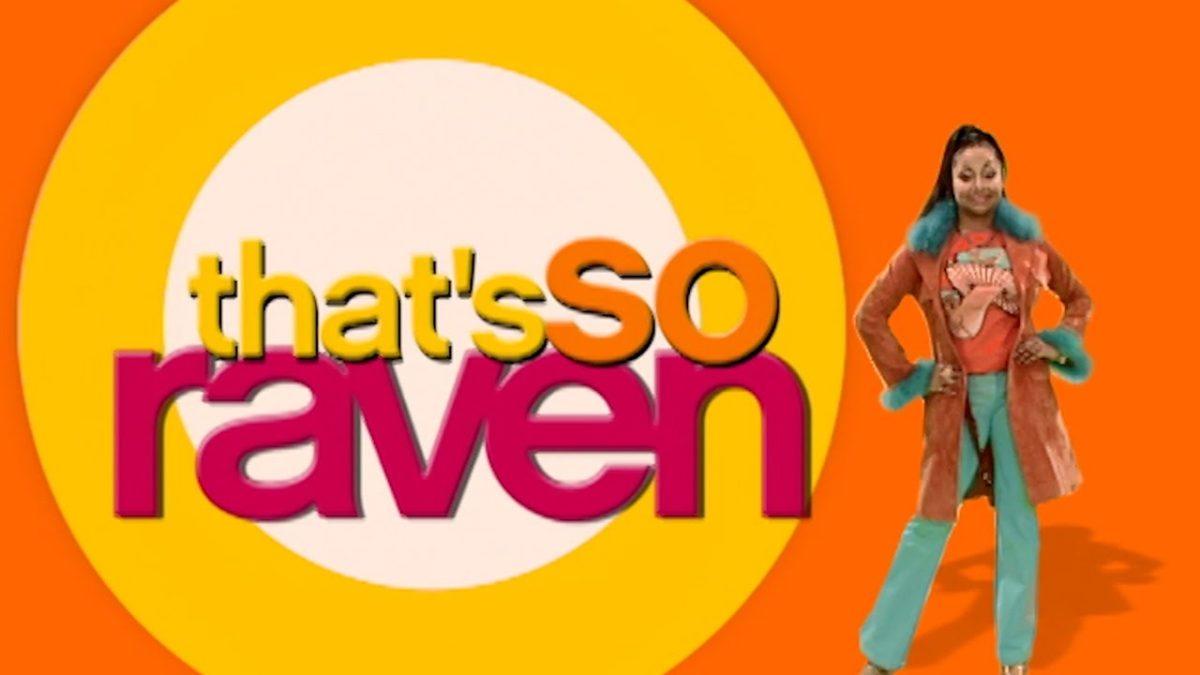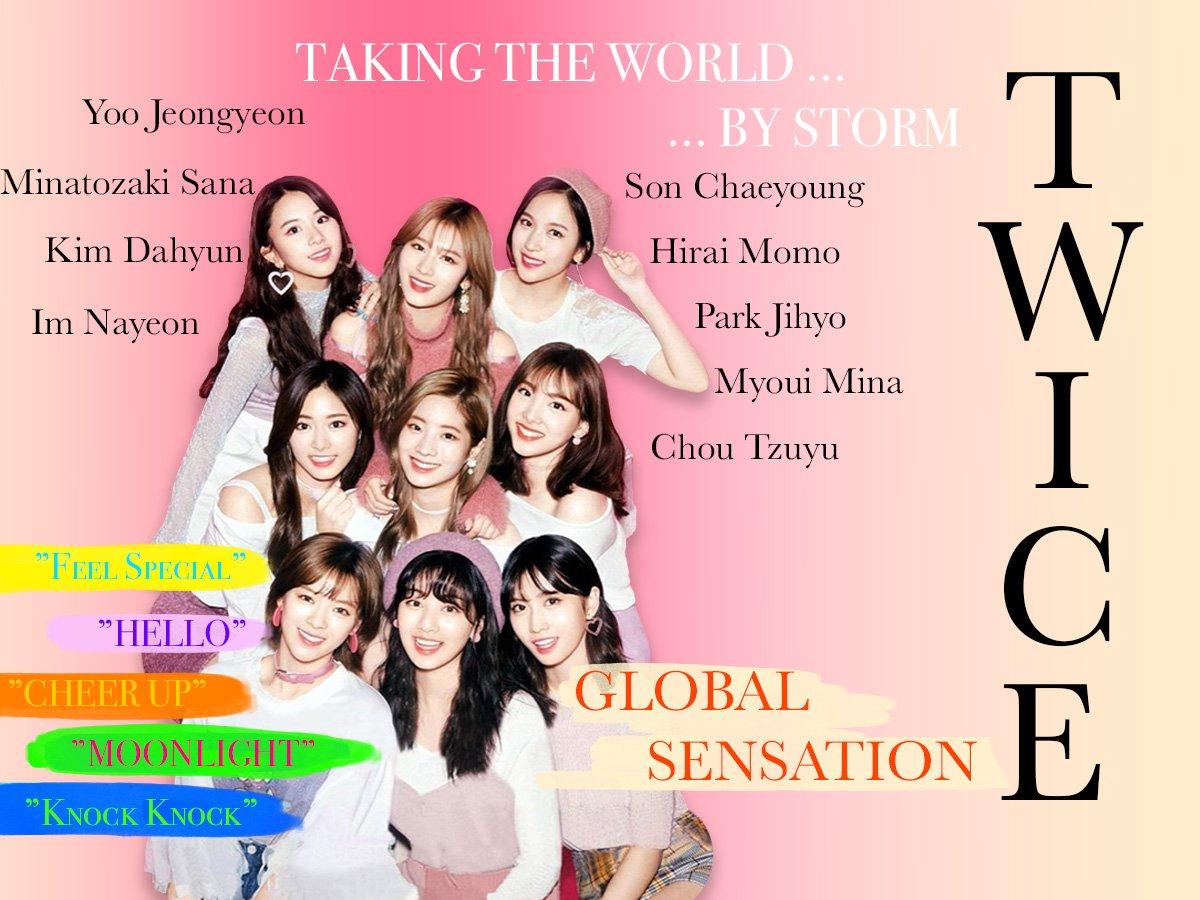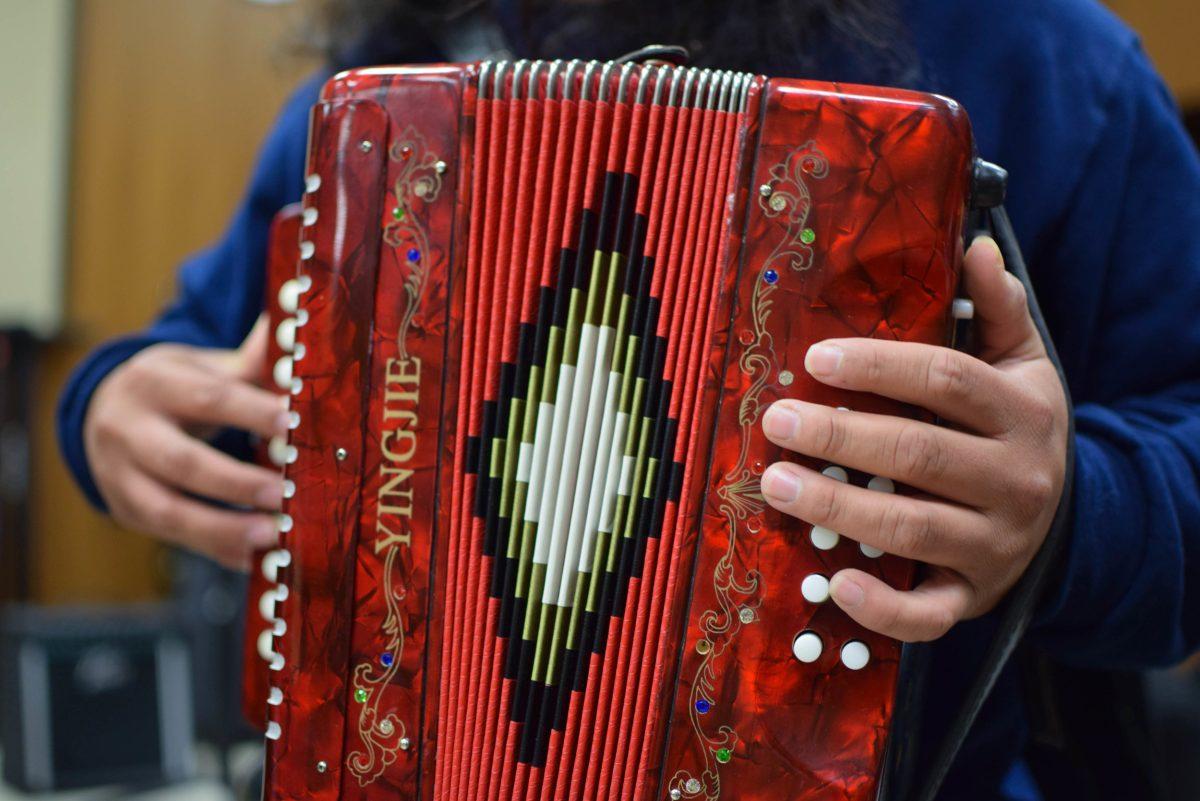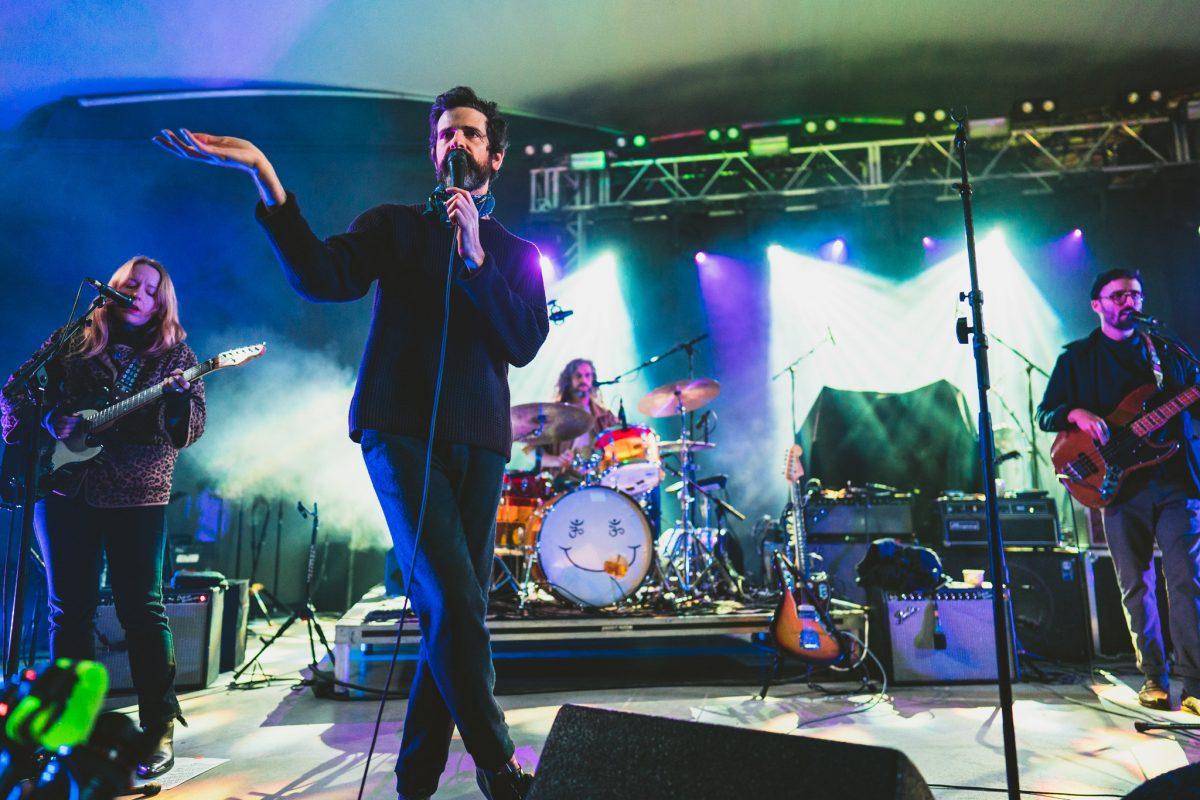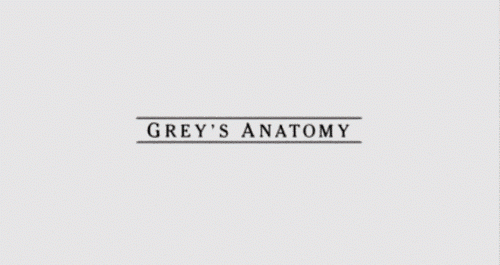
Gif courtesy of Buzzfeed
Some things just stick in your head and TV theme songs are at the top of the list. But as fewer people tune in to shows on cable and streaming services allow viewers to skip through the opening credits, theme songs are left in the dust, signaling a change in how people view and interact with television.
Story by Kennedy Williams
There are some things that connect most children that grew up in the early 2000s. One of those things is rushing home to catch the latest episode of a must-watch tv show on Disney Channel or Nickelodeon. For others, it was PBS and Cartoon Network. Regardless of the network, viewers knew what time it was when the theme song started.
To this day, upon hearing “You and me will always be tight…” or “Ooh, do you see me standing here?” people have a visceral reaction to the theme songs of “The Proud Family” and “Zoey 101.” While this could be because regular viewers subconsciously memorized these songs, it is more likely because theme songs once unquestionably signaled the start of TV shows. In a time before TiVO or DVRs, it was important to have a concrete beginning to a TV show. Theme songs not only indicated the start of a show, but revealed the overarching subject matter or problem about to ensue.
In the opening theme song for “That’s So Raven,” lead actress and singer of the theme song Raven Symoné sings, “If you can gaze into the future, you might think life would be a breeze/ Seeing trouble from a distance, yeah but then it’s not that easy/ I try to save the situation, then I end up misbehaving” revealing how she interacts with her powers throughout the episodes. With pieces of information like this, theme songs became just as important and memorable as the shows they introduced for some viewers.
With the advent and success of streaming services, theme songs became secondary to TV shows. Last year, however, Netflix introduced their “skip intro” button which allows viewers to skip directly to the show so they do not need to watch the same intro while binging. While this creation helps when trying to watch as many episodes in a night as possible, it renders the theme song obsolete.
“Game of Thrones” is perhaps the only exception to this, however. Its theme song clocks in at 1 minute and 42 seconds, as it illustrates the “Game of Thrones” universe. Viewers may use this time to refresh their memory of the layout of the realm and where major characters are located.
Some TV show creators, however, have deemed traditionally lengthy theme songs unnecessary. The evolution of the “Grey’s Anatomy” signature tune is the perfect example. Once clocking in at just under 30 seconds, “Grey’s Anatomy’s” theme song has morphed into being just the show’s title sequence.
This evolution and decline of TV theme songs indicates how we interact with shows. Gone are the days when theme songs were used to signal the transition from one show to the next. Now, viewers have the capabilities to choose how and when they watch shows, which is often not linear. But lovers of TV shows must always hold theme songs close to their hearts, allowing them to transcend the show itself and help create the environment of a show.































